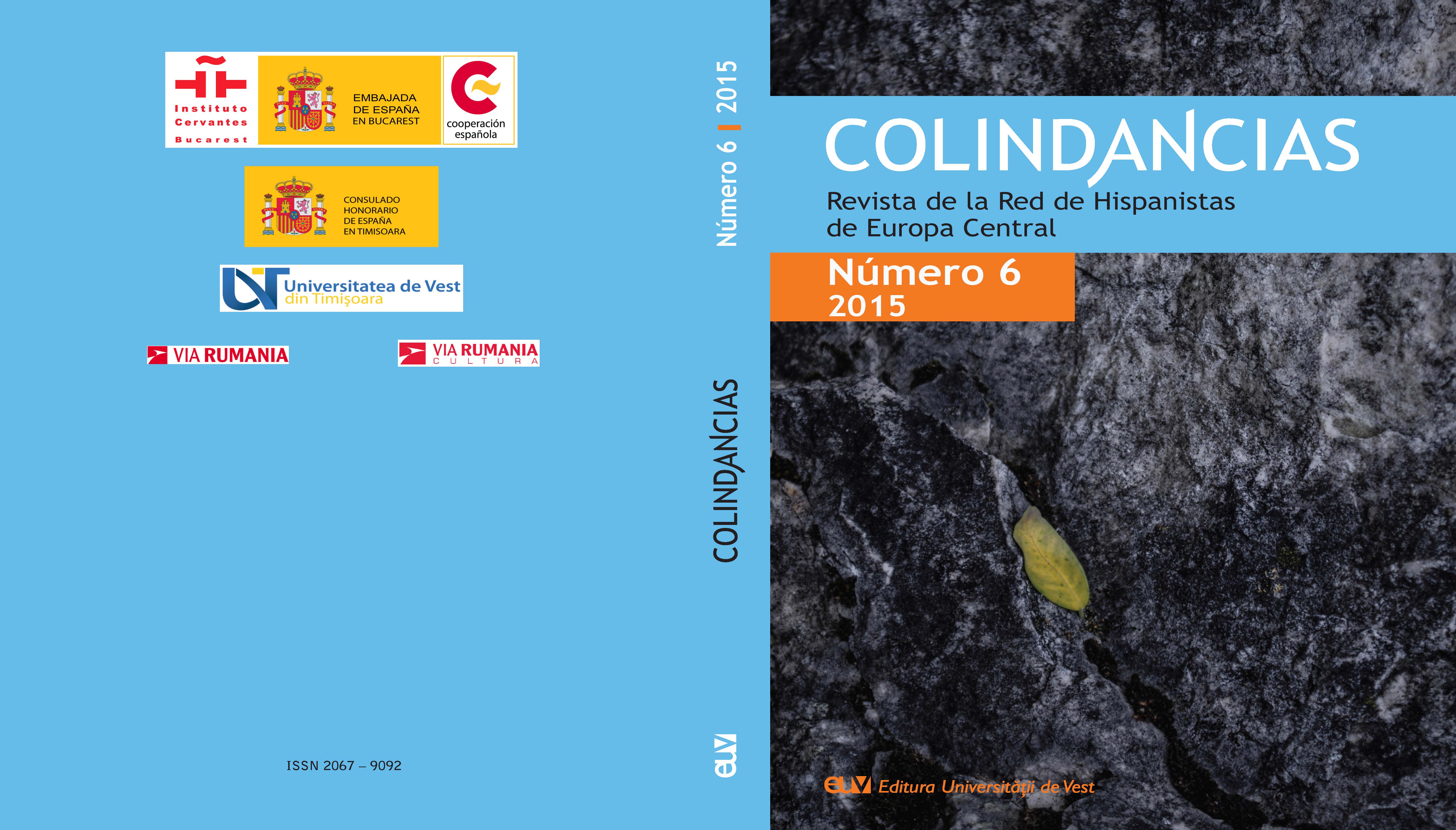El desplazamiento espacial, temporal y conceptual en la Segunda Parte del Quijote
Three types of displacements (space, time, concept) in the Second Part of Don Quixte
Author(s): Alejandro Rodríguez Díaz del Real MASubject(s): Literary Texts
Published by: Editura Universităţii de Vest din Timişoara
Keywords: Don Quixote; metaphor; displacement; translation; vectorialization
Summary/Abstract: Abstract: This article aims to analyse some of the most relevant metaphors present in the second part of Don Quixote from the verb metaforein’s broadest etymological value, i.e. 'transport', 'translation' or 'transmutation'. The study is based on three main pillars: first, the geographical displacement, which includes elements such as the aesthetic value of the space; second, the diachronic movement, present in reminiscence and especially the revival of some historical periods, which can be recognized in the chivalric codes or multiple allusions to the classical world (for instance through heroes, texts, myths or places); and finally, the pillar of the transposition of lexical semantics, either the one concerning Cervantes specifically or the one influenced by different factors, such as philological or ludic implications and the narratologic intentionality arising from the fact that we are before a text supposedly translated from Arabic.
Journal: Colindancias - Revista de la Red de Hispanistas de Europa Central
- Issue Year: 2015
- Issue No: 6
- Page Range: 223-235
- Page Count: 12
- Language: Spanish

